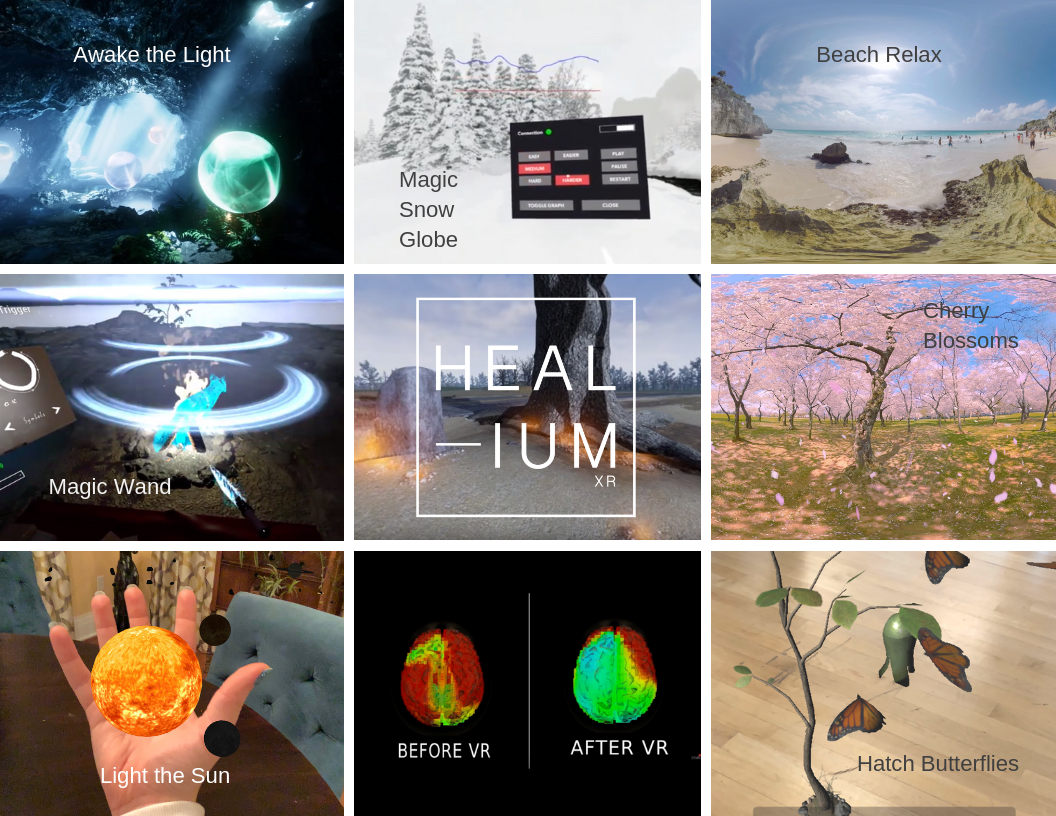“We’re a group of storytellers but we use a meditation headband or smart watch, allowing you to power these virtual worlds with your feelings,” says Sarah Hill, co-founder of Healium. She is not a character in a sci-fi film. In fact, if you live in Missouri, you may recognize her from somewhere pretty quotidian: the TV news.
About Sarah Hill
Hill was an anchor on KOMU-TV for 11 years, covering everything from local interest to the 2004 tsunami in Indonesia. So when she says that your feelings have the power to change outcomes both in real life and in a virtual world, it’s clear that it’s not fake news. In fact, Hill’s company, Healium, has two completed scientific studies to prove that it works, plus more on the way.
It was that tsunami 15 years ago that planted the seed for Hill’s new life. She returned traumatized from reporting the carnage. In fact, she says that she was sleepless for a decade, and suffered from panic attacks for a year, due to the emotional toll her work took on her. When the situation became impossible to ignore, she reached out to a friend, who recommended neurofeedback. The doctor who treated Hill, Jeff Tarrant, is now her business partner.
What is Healium?
Healium is more than just typical neurofeedback. It combines that method of brainwave self-regulation with virtual and augmented reality, as well as storytelling. Hill uses the term “extended reality” to boil down the experience Healium users undergo when they use VR goggles. That set-up results in the user feeling as if they’ve actually been transported somewhere else. But users seeking less of an investment can also use their smartphones, as long as they have the headband that senses their brainwaves.
Every 60 days, Healium releases a new “story,” each of which interacts with the headband much like a video game. For example, as the user slows their beta brain waves, butterflies emerge from a chrysalis. The slower the waves, the more butterflies fill the room. Hill says that because we all learn visually and through stories, having this as a memory helps users to calm down even when they’re away from their equipment. They just need to think of the story of the butterflies.
Fundraising for Healium
Hill reveals that while trying to raise funds for Healium, she used the technology on a daily basis. She got 121 ‘no’s when raising her newly completed $1.3 million round, she admits. But as she calmed herself, she remembered that ‘no’s are data.
Part of the problem, of course, is just trying to explain what Healium is. “It sounds far-fetched if you haven’t tried it and people can’t wrap their brain around it. Trying to convey to people that something that they can’t see, touch, or smell can have a therapeutic impact on someone, that’s one of the challenges.” Hill shares. Add in the fact that the Midwest has not historically been rich in venture capital, and Healium has a major challenge.
Looking Ahead
But Healium is definitely rising. The concept of digital medicine is gaining traction, and while Hill says her product isn’t a replacement for medication when it’s necessary, she does foresee doctors writing prescriptions for it. It was already used by patients devastated by flooding in Missouri earlier this year and Hill hopes that it will be used to create calm in other disaster zones, perhaps even being a part of medical kits in emergencies. “It really makes sense that a virtual reality headset is just as common as a stethoscope in the coming years,” she says. And when doctors are ready to invest in the technology, Healium is primed to take off.
For more small business tips and inspiration create a free account on Hello Alice or subscribe to our weekly newsletter.
